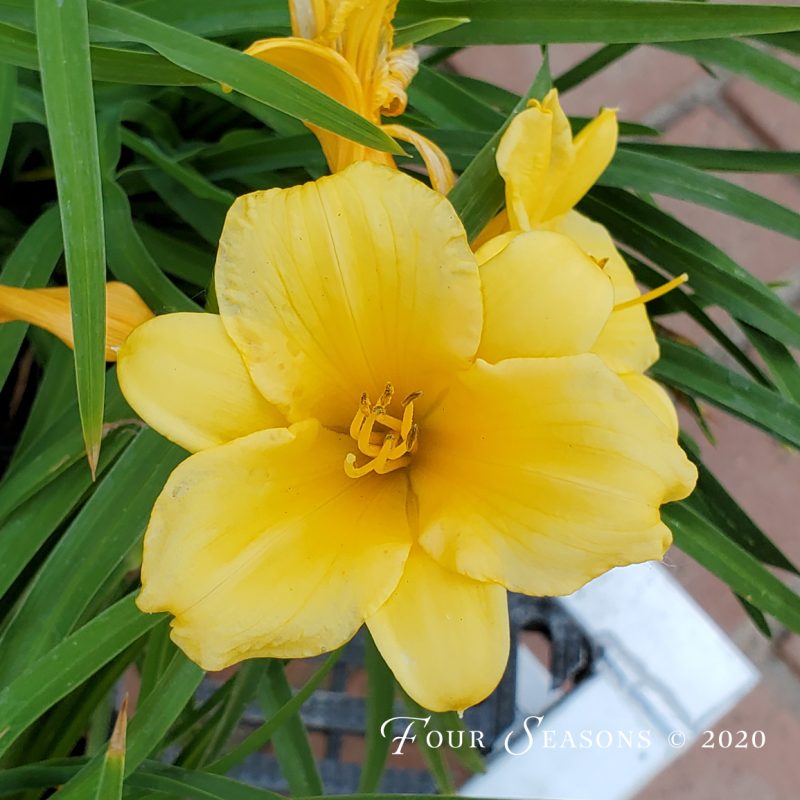One of the chores that should be on your list for fall clean up is cutting back your perennials. This is an important task for a number of reasons.
Cutting back some perennials now will help them prepare for growth next spring in much the same way that bulbs do. By cutting them back once they have died back naturally, it allows the plant to reclaim energy and send it back to the roots. This helps them recharge and conserve resources that will aid the plant in blooming during the next season. We generally wait until early to mid-November before starting this process. You’ll want several good, hard, killing freezes before you start this process to be sure that every bit of that energy has returned to those roots from the stems.
Not all perennials can be cut back now and it’s fine to wait until spring if you’d rather work in your garden then. The downside is that the plants you don’t cut down will act as collectors for leaves and debris which could possibly harbor disease and provide habitat for unwanted critters during the winter months.
So which perennials should be cut back now and which should be left until spring? Generally, if it’s a true perennial and it has died all the way back, it can be cut all the way back now. Those perennials include, but aren’t limited to daisies, hostas, yarrow, phlox, clematis, columbines, day lilies, catmint, blanket flowers, bee balm, peonies, and penstemon.
When you cut your perennials back, even though technically they can be cut to the ground once the stems have fully turned brown and died, you might consider leaving a couple of inches showing above ground. This will help to mark their location for you when you begin your gardening chores next spring. For plants that emerge and bloom later in the spring or early summer, this could be especially helpful.
There are other perennials that you should not cut back now but instead wait until spring. Some good examples of those would be things like russian sage and hardy hibiscus. However, if you want to tidy them up in your yard, you can prune them back leaving about 8-12″ of growth above ground.
We like to leave other perennials in our gardens standing through the winter for a variety of reasons. For example, we let any perennials that add texture and perhaps color to the winter landscape stand. These include any ornamental grasses and things like Autumn Joy sedum that remain pretty throughout the winter months.
We don’t cut back any plants that might provide food for the birds or other foraging animals. Perennials that have seed heads like black-eyed Susans or sunflowers are good examples. We also wait until spring to cut back anything that could provide habitat for beneficial insects or shelter for birds from their predators.
Be sure to cut back any plants showing signs of insect problems or disease. Discard these prunings in the trash- do not put them in the compost pile. The plant will stand a better chance for survival if you nip these in the bud before putting the garden to bed for winter. Not only will it help that particular plant, but it may also keep those problems from spreading to others in your garden.
For some of us though, spring is such a busy time that performing this chore in the fall is more convenient. It gives me a great sense of accomplishment to be able to complete the growing cycle that was started in the spring before winter arrives.

